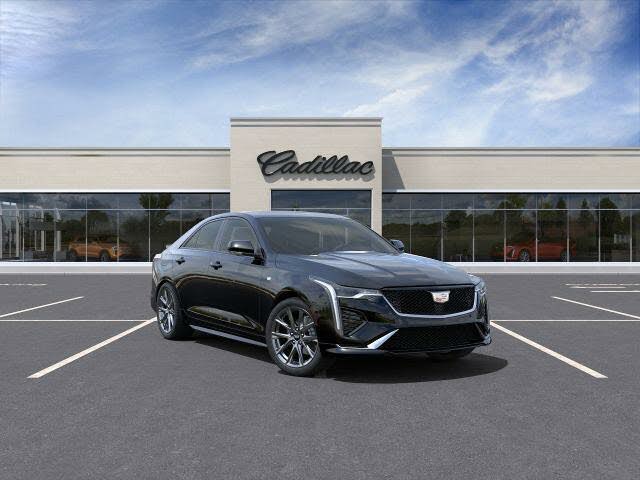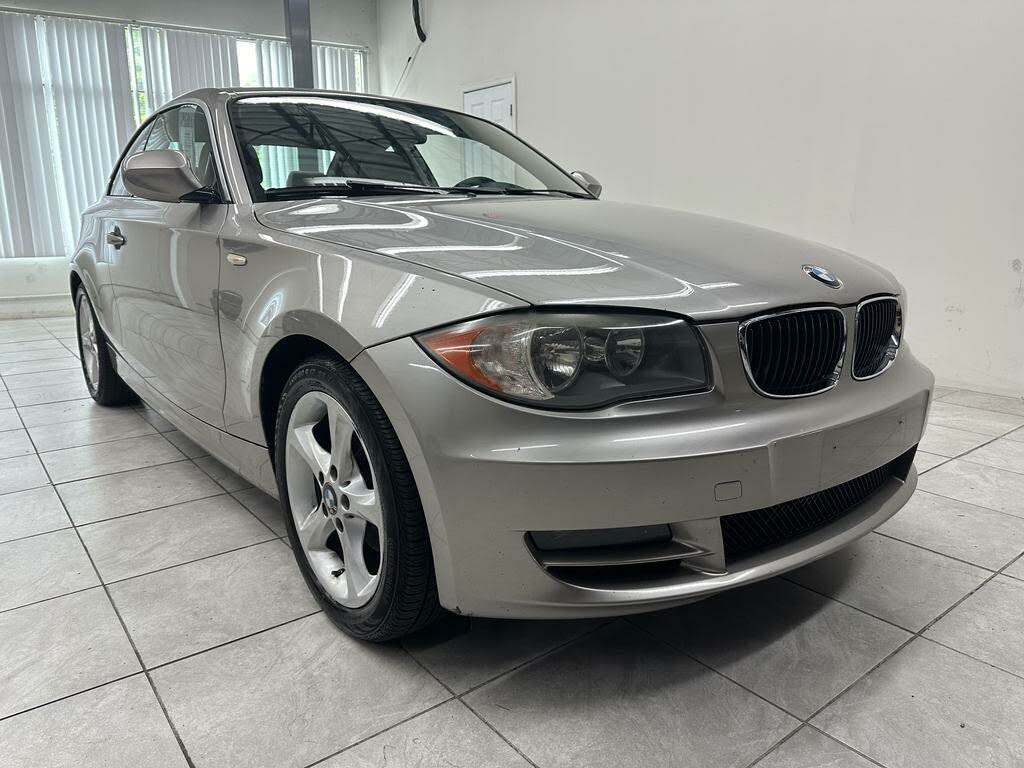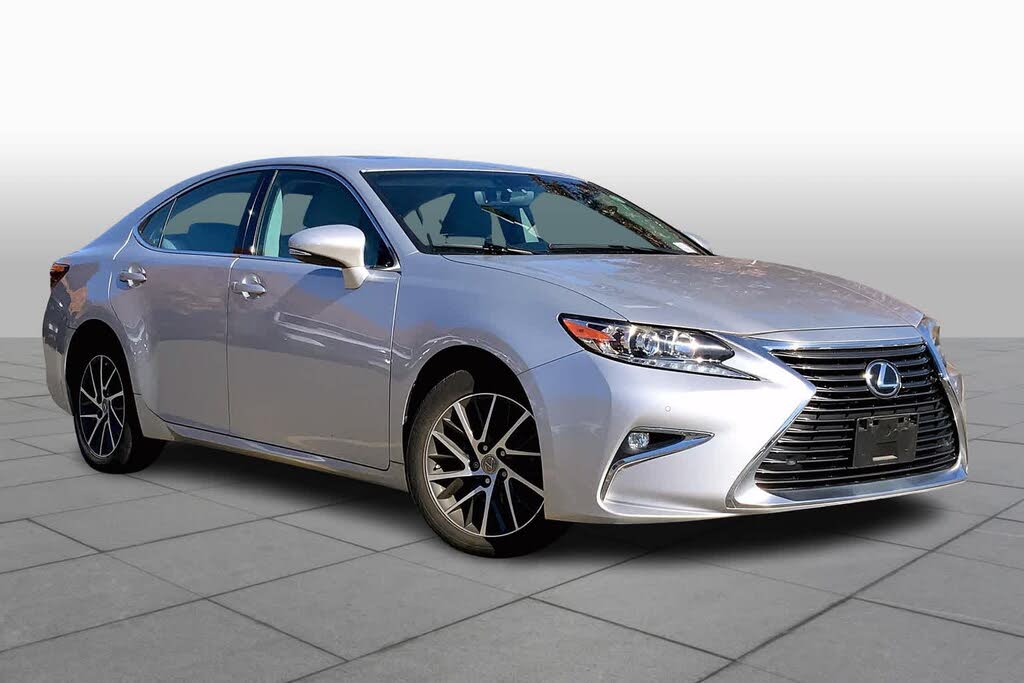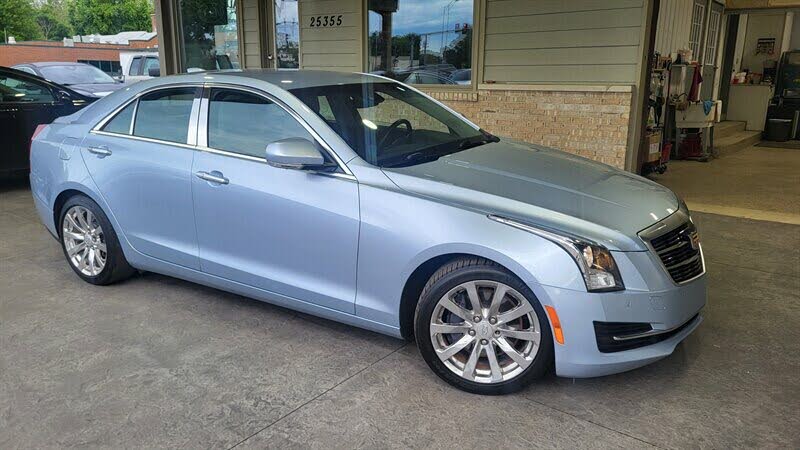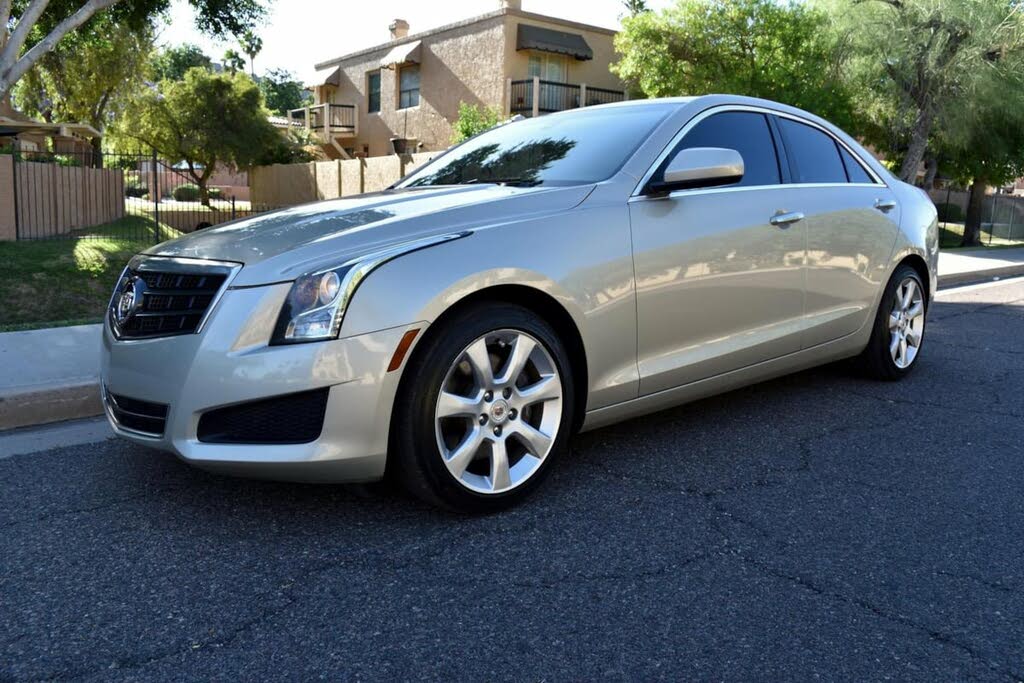Home > News & Blogs > Understanding the Meaning of Dashboard Warning Lights
Understanding the Meaning of Dashboard Warning Lights
Understanding Dashboard Warning Lights: What They Mean and What to Do
Decode those mysterious dashboard warning lights and ensure your safety on the road with this comprehensive guide.
Tire Pressure Warning Light
The tire pressure light signals that at least one tire may be under- or overinflated. While it might not feel urgent if your car drives normally and doesn’t pull to one side, addressing it promptly can prevent premature tire wear and improve fuel economy. Neglecting this could lead to a dangerous blowout. Check your tire pressure with a reliable gauge and adjust to the manufacturer’s recommended levels.
--TOP ADVERTISEMENT HERE--
Check Engine Light
The check engine light is one of the most versatile alerts, indicating issues ranging from a loose gas cap to severe engine problems. If your car runs smoothly, you can usually continue driving, but it’s wise to have it checked promptly. Many auto shops offer free diagnostic scans to identify the issue. Don’t ignore this light, as unresolved problems could lead to costly repairs.
Oil Pressure Warning Light
This warning light often points to low oil levels or more serious mechanical concerns. Begin by checking and topping off your oil if needed. If the light persists or recurs, it’s essential to consult a mechanic immediately. Driving with low oil pressure can cause severe engine damage.
--FIRST CONTENT ADVERTISEMENT HERE--
Battery Warning Light
A battery warning light may indicate a failing battery or charging system. While the light may occasionally turn off, this doesn’t mean the issue is resolved. A weakening battery or a faulty alternator can leave you stranded if ignored. Test your battery and charging system promptly and replace components as needed.
Coolant Temperature Warning Light
A red coolant temperature light signals overheating, often caused by low coolant levels or cooling system damage. If you can’t stop immediately, turning the heater on high can help reduce engine temperature temporarily. Stop safely, turn off the engine, and let it cool before checking coolant levels. Never open the radiator cap on a hot engine, as boiling coolant can cause severe burns. Call for roadside assistance if needed.
--SECOND CONTENT ADVERTISEMENT HERE--
Traction or Stability Control Warning Light
This light may flash during skids or rapid acceleration on slippery roads, indicating the system is working to maintain stability. However, if it stays on continuously, it could signal a malfunction in the traction control system. While the vehicle remains drivable, be cautious as these systems may not engage when needed. Consult a mechanic to restore full functionality.
--FORTH CAR LIST HERE--
Why Understanding Dashboard Warning Lights Matters
Dashboard lights are your car’s way of communicating potential issues. Ignoring them can lead to costly repairs, reduced safety, or breakdowns. By addressing warning lights promptly, you ensure a smoother driving experience and extend the life of your vehicle.
--THIRD CONTENT ADVERTISEMENT HERE--
Additional Tips for Car Owners
- Keep a basic toolkit and a tire pressure gauge in your car.
- Download your vehicle’s manual or app for quick reference on warning lights.
- Schedule regular maintenance to prevent warning lights from appearing unexpectedly.
Explore More with MotorVero
For more tips and insights on car ownership, visit our MotorVero blog. Stay connected with us on social media for the latest updates and expert advice.

motorverolumeh
Last Updated On Feb, 08-2025


